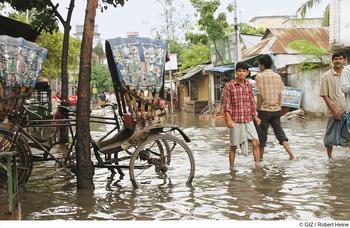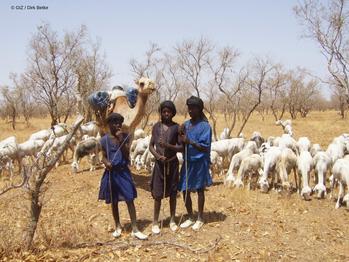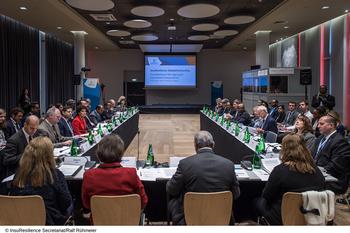Context
Climate change has increased the frequency and intensity of extreme weather events worldwide. Its impacts on lives, livelihoods and assets threaten efforts to sustainably reduce poverty. Notably, disasters force 26 million people into poverty each year. The cost of responding to disasters and other crises will continue to increase and eventually force countries to frequently divert longer-term development finance into short-term response measures. The proportion between global insured losses to overall losses for emerging and developing countries reveals a huge protection gap. While these countries suffered 10 per cent of global overall losses between 1980 and 2012, their share of global insured losses is merely 1 per cent. To close this protection gap, the G7 countries launched the InsuResilience Initiative at their summit in Elmau, Germany in 2015. Building on this Initiative, the G20 decided at the Hamburg summit in 2017 to establish a Global Partnership for Climate and Disaster Risk Finance and Insurance; hereinafter ‘the Partnership’. The Vulnerable Twenty Group (V20) supports the Partnership.
Objective
Through the Partnership, countries have been able to execute more timely and reliable post-disaster response, and better prepare for climate and disaster risks using risk finance and insurance.


